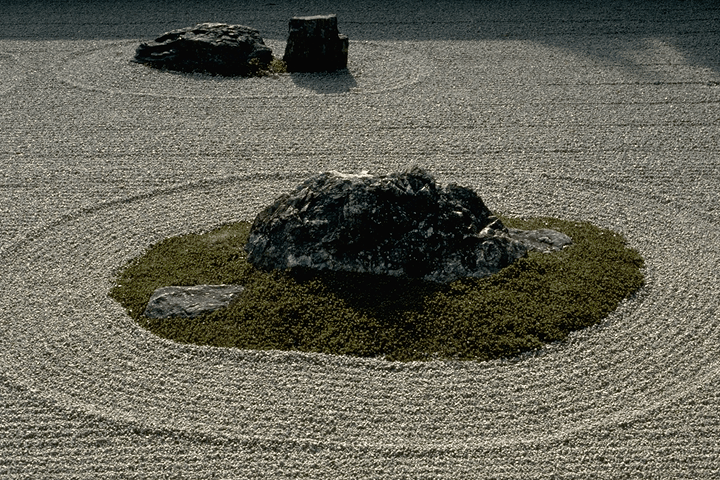Many religions took root in the nations of China and Japan. Most prevalent in China was Confucianism, which was a cornerstone of society. However, Confucianism was not the only religion in China. From India came Buddhism, which became so popular that missionaries such as Fa Xian spent years in India learning about the teachings of Buddhism, which they carried back to China. Home-grown in China was Daoism, which lost popularity during the medieval period but never completely died out. One of the most famous Daoists was Li Bo, a brilliant Chinese poet. Japan, likewise, picked up Buddhism by way of China, but later developed its own sects of the religion which traveled back to China. Tenai Buddhism is one such sect that arose in Japan. In parables similar to the Christian Bible's New Testament, Tenai Buddhism explained the concepts and reasons behind Buddhism and why it was good. (Kishlansky, p. 157-159) Shinto was the other major religion in Japan, and was blended with Buddhism to create some of the sects later exported.
Japan and China had very similar styles of government, likely due to the fact that Japan looked to China almost exclusively for inspiration. However, prior to looking at China, Japan developed a feudal system very similar to that of medieval Europe, where the Emperor ruled over all and the aristocracy created private armies of samurai, which were essentially the Japanese version of knights. Later in the period, after China began to use civil service exams to determine whether or not one was suited to serving in positions of power, Japan looked to China for inspiration in restructuring their government. Later, the nations of Korea and Vietnam also adopted similar systems. In China, these exams became part of the very literature. Tales became a warning to future generation about what should and should not be done. One such tale is that of Hsaio Ying-shih, who insulted a
 higher-ranking member of the government and as a result "never got anywhere in officialdom, dying as a Chief Clerk in Yang prefecture" (Kishlansky 164). Japan obviously looked to China so much because, for one reason, they were their closest link to the mainland of Asia, aside from Korea, which was little more than an extension of China at many points in its development. Another reason could be that what the Japanese picked up from China were the things that actually worked for China, and as a result could presumably work for Japan.
higher-ranking member of the government and as a result "never got anywhere in officialdom, dying as a Chief Clerk in Yang prefecture" (Kishlansky 164). Japan obviously looked to China so much because, for one reason, they were their closest link to the mainland of Asia, aside from Korea, which was little more than an extension of China at many points in its development. Another reason could be that what the Japanese picked up from China were the things that actually worked for China, and as a result could presumably work for Japan.Some forms of architecture, however, developed very uniquely in Japan and were later exported to Korea, due to the similar climates of the region, presumably. An excellent example of the Japanese style is the Golden Pavilion in Kyoto. Another architectural and landscaping technique that developed in Japan, as a result of Zen Buddhism from China, is the rock garden, where gravel is raked around rocks to give the illusion of water in the arid areas of Japan. This style spread to other areas, including Korea, where the climate is similarly dry.
